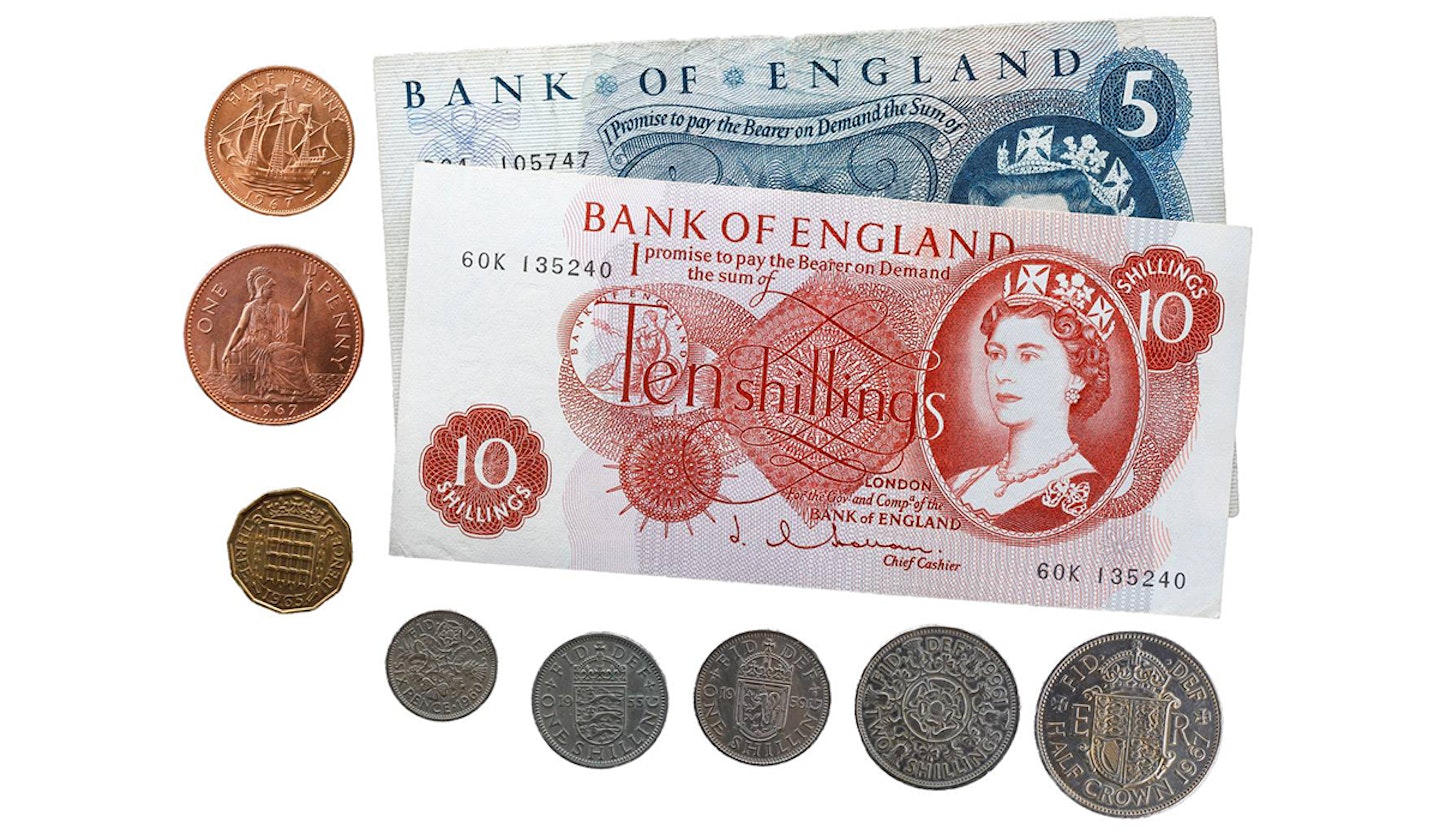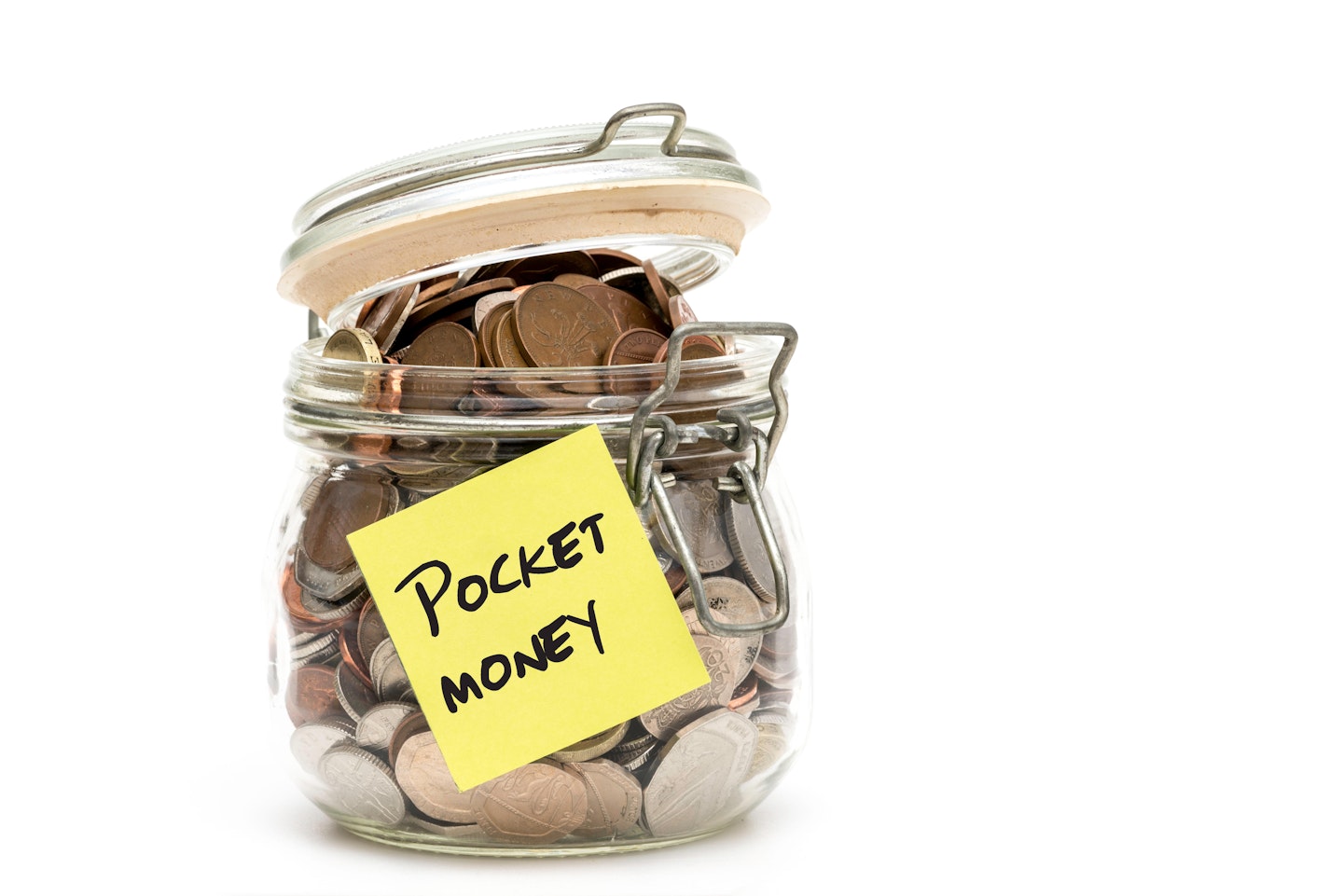Cash may be a dwindling commodity these days, but some of us will remember a time when cash was not only king, it was also made up of totally different coinage to what we use today.
The pre-decimal system that gave us old money as many of us like to call it was used in Britain from the time of King Henry II until 1971.
In a massive change that took years of planning - and countless arguments - the nation's wallets and purses changed beyond recognition as pounds, shillings and pence, along with tanners, half-crowns, farthings and the rest were replaced by the pounds and pees we know today.
While nearly 50 years on from decimalisation we're all pretty used to the £1s, 50ps and 10p we leave out for the milkman or keep in a savings jar, some people still believe the old money system was best. There was even a petition a few years ago to bring old money back.
But do you remember what old money was worth? And what would it buy you in today's cash? We take a look at the surprising answers as well as casting our eyes over the most valuable old British coins you should rummage through your loft for.
The basics of old British coinage
For people used to modern currency where all you need to know is that there are 100 pence in every £1, old money was a fair bit more complicated as any child who had to learn the system at school will attest to.
But here's a quick arithmetic lesson:
Old money mainly comprised of three units of currency: the penny, the shilling and the pound. These currencies were used in the UK until 15 February 1971.
Pennies were written as 'd', shillings as 's.' or '/-' and pounds as '|' or '£'
There were 12 pence (d) in every shilling (s) and 20 shillings (s) in every pound (£).

That meant there were 240 pence in every pound because 12 x 20 =240. The reason for this is because in the very early days of the coinage system, money was based on the weight of precious metals and a penny was literally one pennyweight of silver. To make up a pound/lb (in weight) you needed 240 silver coins and so it became standard that £1=240 pennies.
Where things get even more confusing (stay with us here!) is that there were specific coins that were variations on this penny, shilling and pound system.

There were loads of different coins but here's some of the most common and what they were worth:
• Halfpenny (1/2d) - As simple as it sounds, this was just half an old penny
• Farthing (1/4d) - A quarter of an old penny, after 1960 this coin wasn't actually legal tender
• Threepence (3d) - This brass coin with 12 sides was actually pronounced thruppence or sometimes known as a thrupenny bit
• Sixpence (6d) was silver before 1937 and was a common cause of broken molars when it was routinely slipped into Christmas puddings as a symbol of good luck for whoever found it
• Florin - Better known as two shillings so 2s or 24d
• Half crown - 'Two and six' you'd hear shop keepers call this but it was basically two shillings and six pence Crown - Worth five shillings, this was a special occasion only kind of coin
But old money didn't just comprise of coins. There were also banknotes for larger sums of money including £1, £5, £10 and ten shilling notes.
And that's the basics - phew! It's certainly more complicated than today's system but many argued that in the days before calculators it was much easier to divide as a pound could be divided 240 ways, as opposed to just 100 now.
Did you know? Britain was fairly late to the decimalisation party. Russia was the first country to decimal - meaning a currency divisible by 10 - in 1704
Currency converter
At face value, an old penny is worth just slightly less than half of a new pence in today's money while a shilling would be worth 5p and two shillings 10p.
However, it's not totally straight-forward to convert old money into new money in this way because of inflation, meaning money has had greater or lesser 'buying power' at different times.
You can easily convert the price of goods and services over time using the Bank of England's nifty inflation calculator.
Meanwhile Retrowow have a handy tool to convert pre-decimal into decimal currencies.
Are old coins valuable?
There are a handful of pre-decimal coins that could be worth a tidy sum at auction if you still have some rolling round the back of your drawers.
Some of the rarest and most valuable include:
1933 George V Penny - Despite there being enough pennies circulating naturally that none needed to be created in 1933, a few ‘pattern’ versions were created that never actually went into production. There were only four in existence and one went up for sale in 2016 for £72,000.

1917 King George V Gold Sovereign London - The coin is 22 carat gold and is sought after by coin and bullion collectors due to its rarity. These coins have sold for values between £10,000 and £15,000.
1937 Edward VIII Brass Threepence - Ten pattern threepence pattern coins were created in 1936 with Edward VIII’s image on. Due to his longing to marry divorcee and American socialite Wallis Simpson, Edward VIII abdicated after just 11 months on the throne. The Church of England opposed remarriage at the time and the British people would not tolerate Wallis as queen. Due to the history and curiosity of these coins they are valued at £45,000 each.
